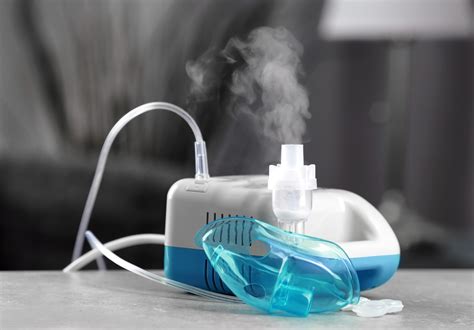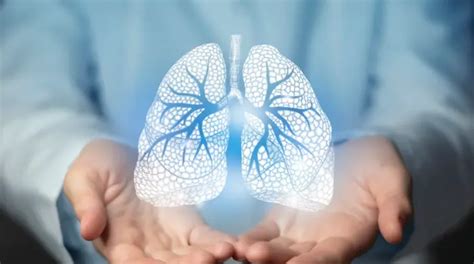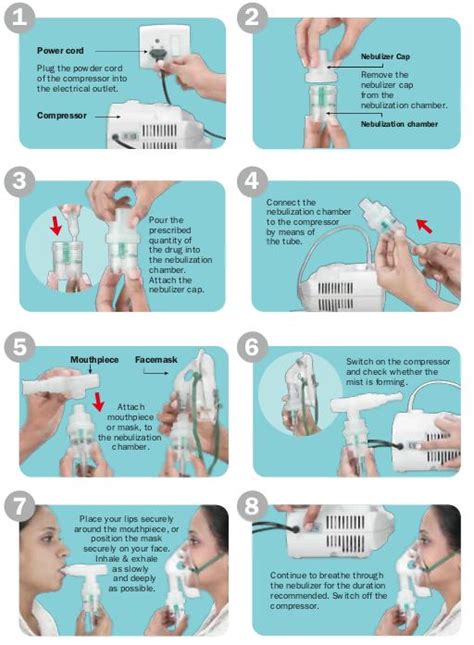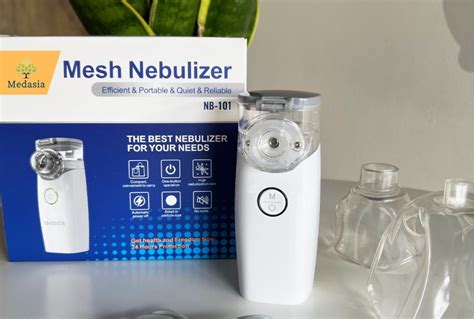Intro
Discover how nebulizers work with 5 key methods, utilizing compressed air, ultrasonic waves, and mesh technology to deliver medication, improving respiratory health and asthma treatment through efficient aerosol therapy and breathing solutions.
The use of nebulizers has become increasingly popular over the years, especially among individuals suffering from respiratory issues such as asthma, chronic obstructive pulmonary disease (COPD), and other breathing disorders. These devices have proven to be highly effective in delivering medication directly to the lungs, providing quick relief from symptoms and improving overall lung function. In this article, we will delve into the world of nebulizers, exploring their importance, benefits, and the ways in which they work to improve respiratory health.
Nebulizers are medical devices that convert liquid medication into a fine mist, which can be easily inhaled into the lungs. This allows for a more targeted and efficient delivery of medication, reducing the risk of side effects and improving treatment outcomes. With the rise of respiratory diseases, nebulizers have become an essential tool in the management and treatment of these conditions. Whether you're a healthcare professional or an individual seeking to improve your respiratory health, understanding how nebulizers work is crucial in harnessing their full potential.
The importance of nebulizers cannot be overstated, particularly for individuals who struggle with inhalers or other forms of medication delivery. Nebulizers offer a convenient and user-friendly alternative, allowing patients to breathe easily and comfortably while receiving their medication. Moreover, nebulizers can be used in a variety of settings, from hospitals and clinics to home environments, making them a versatile and accessible treatment option. As we explore the workings of nebulizers, it's essential to recognize their significance in modern healthcare and their potential to transform the lives of individuals with respiratory conditions.
Introduction to Nebulizers

Types of Nebulizers
There are several types of nebulizers available, including jet nebulizers, ultrasonic nebulizers, and mesh nebulizers. Jet nebulizers use a jet of compressed air to break down the medication, while ultrasonic nebulizers use high-frequency sound waves to create the mist. Mesh nebulizers, on the other hand, use a vibrating mesh to break down the medication. Each type of nebulizer has its own unique characteristics and benefits, and the choice of which one to use will depend on the individual's specific needs and preferences.How Nebulizers Work

Benefits of Using a Nebulizer
The benefits of using a nebulizer are numerous. Some of the advantages include: * Quick and effective delivery of medication * Reduced risk of side effects * Improved treatment outcomes * Increased patient comfort and convenience * Versatility and accessibility in a variety of settings5 Ways Nebulizers Improve Respiratory Health

Practical Tips for Using a Nebulizer

Common Mistakes to Avoid
Here are some common mistakes to avoid when using a nebulizer: * Not following the instructions provided by the manufacturer or healthcare provider * Not cleaning and disinfecting the nebulizer regularly * Not using a mask or mouthpiece to inhale the medication * Not monitoring treatment outcomes and adjusting the nebulizer settings as neededConclusion and Future Directions

Final Thoughts
As we look to the future, it's essential to recognize the importance of nebulizers in modern healthcare. By providing quick and effective delivery of medication, improving lung function, and reducing the risk of exacerbations, nebulizers have the potential to transform the lives of individuals with respiratory conditions. Whether you're a healthcare professional or an individual seeking to improve your respiratory health, we encourage you to learn more about nebulizers and the benefits they provide.What is a nebulizer and how does it work?
+A nebulizer is a medical device that converts liquid medication into a fine mist, which can be inhaled into the lungs. It works by using a combination of air pressure and vibration to break down the medication, which is then inhaled through a mask or mouthpiece.
What are the benefits of using a nebulizer?
+The benefits of using a nebulizer include quick and effective delivery of medication, improved lung function, reduced risk of exacerbations, increased patient comfort, and improved treatment outcomes.
How often should I use my nebulizer?
+The frequency of nebulizer use will depend on the individual's specific needs and treatment plan. It's essential to follow the instructions provided by the manufacturer or healthcare provider and to monitor treatment outcomes to adjust the nebulizer settings as needed.
We hope this article has provided you with a comprehensive understanding of nebulizers and their role in improving respiratory health. If you have any questions or comments, please don't hesitate to reach out. Share this article with others who may benefit from learning more about nebulizers, and let's work together to improve respiratory health and wellbeing.
